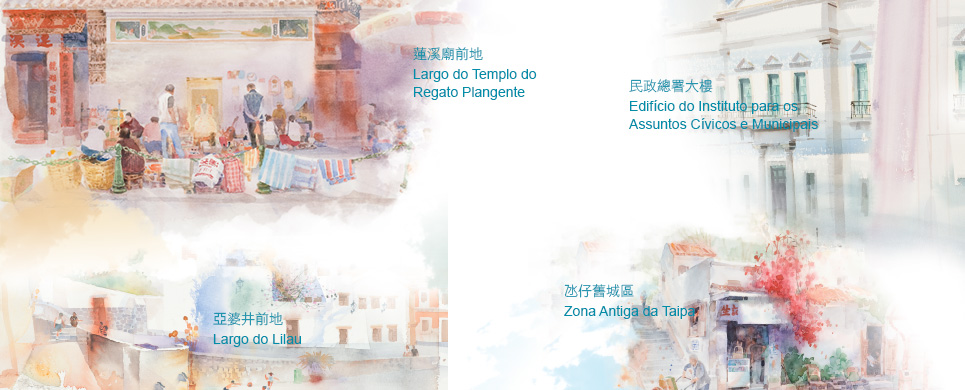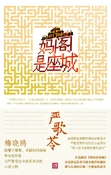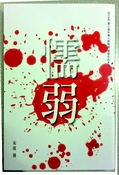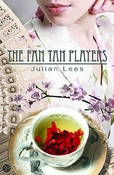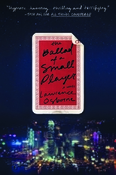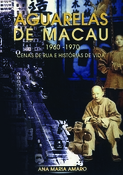In a book by Ana Maria Amaro about Macao we discovered a story about Macao regarding a storyteller.
Ana Maria Amaro knows that there is losing one’s memories is like losing one’s life and that one’s memories cease to exist once his homeland and those who make and maintain them are lost. It is therefore not by chance that the short narratives by Ana Maria Amaro begin with the pragmatic but still emotional evocation of A’Kong, the teller of Stories.
With mysterious and mythical contours, this person’s narratives --- “Nobody knew his name nor where he was born” --- were based on some traditional narratives and others certainly imagined, but a sense of bond that reinforced the values of the community pervaded in all of them through the exaltation of its constituent elements: “honesty, filial love, loyalty and courage” amongst others. One day A’Kong was no longer seen in the spot where he normally told his stories, precisely the day after he finished telling the most iconic narrative. A story about an literate old man who in the context of the harsh war against the Japanese had gone into exile and found shelter in the Land of the Sea of Lotuses (name formerly given to Macao by the Chinese).
It happens that in this place the literate old man came to lose his only daughter named Iok Lan which means Jade Magnolia, or more eruditely, Chinese Damsel. The daughter represented more than merely his future expectations, she also represented his memory, beginning with the memory of the wife he had lost at the hands of the Japanese during the war, but also the image of the homeland which he had to forcibly abandon. When his only daughter ran away with a Japanese who was passing through the Land of the Sea of Lotuses and left him without a single word, the literate old man now truly sampled the real taste of exile, the true and complete exile.
Symbolically for me, it is a cruel blow rather than mere humiliation. What the elderly Chinese man lost irreversibly was the memory that bound him to his community. Without memory, one’s life loses all significance and sense. But if the life of A’Kong, the teller of Stories was in itself important, it was even more so for the community since it was within him that a time that exceeded the duration of his life and where the collective memory resided.

